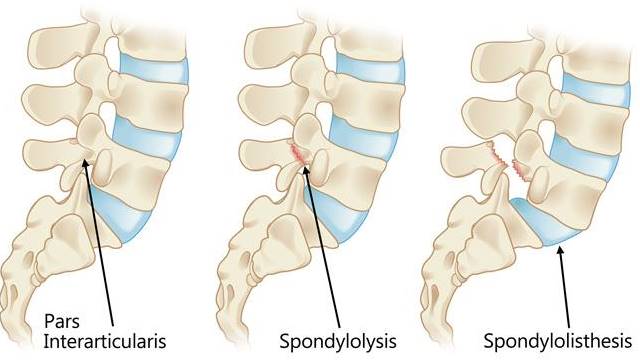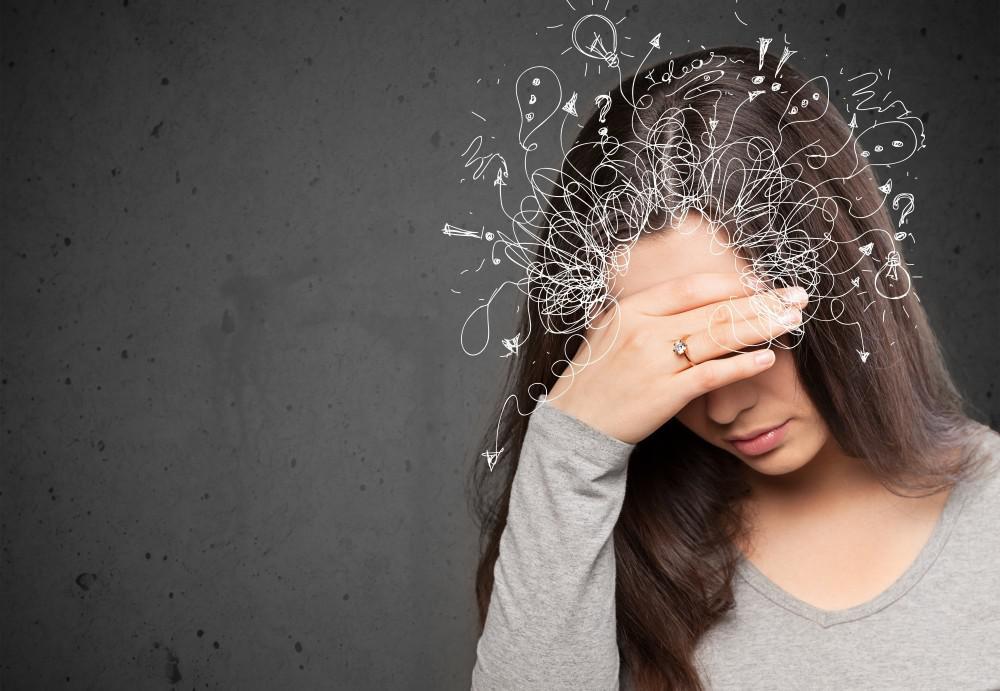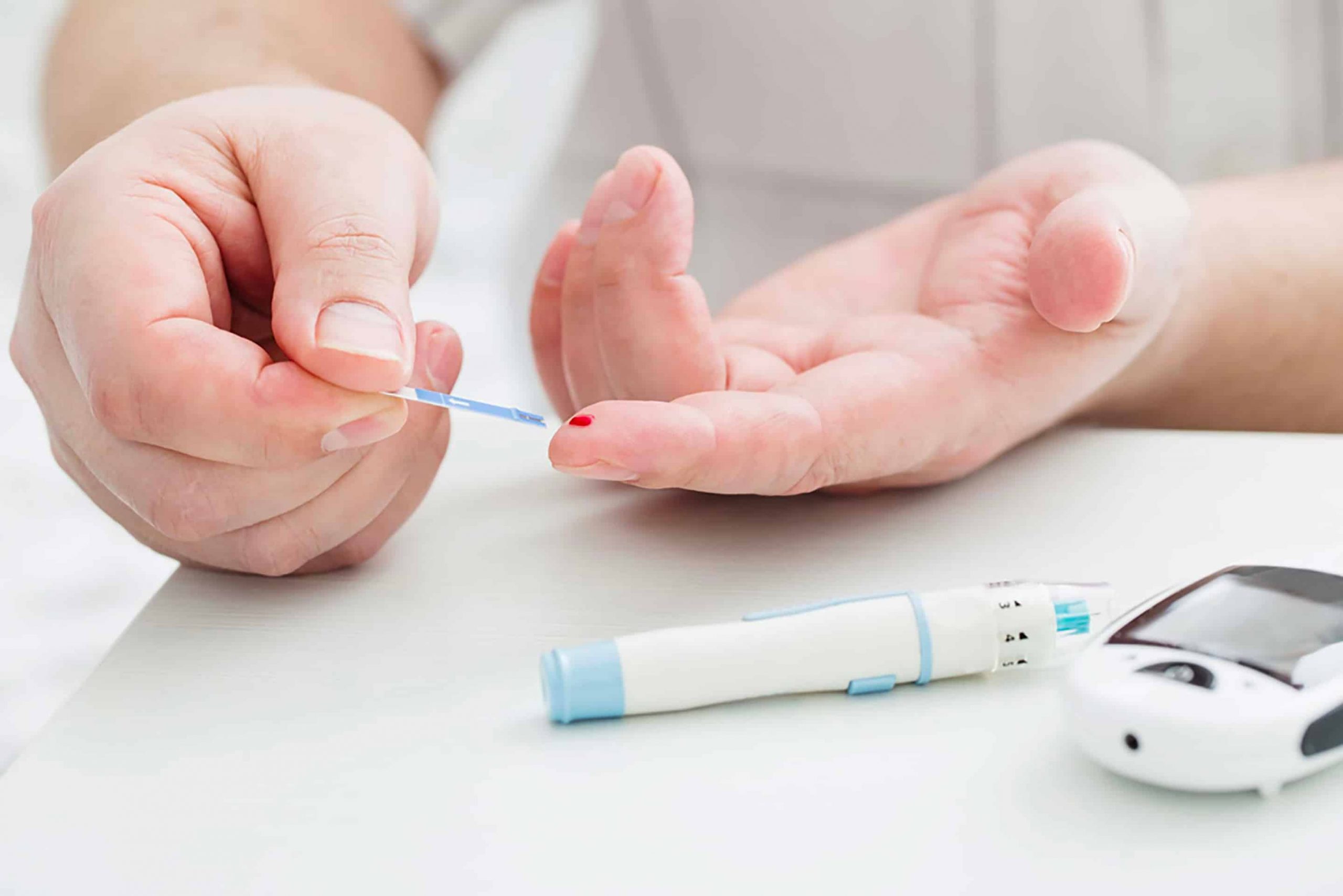With growing age, loss of calcium leads to weakened bones. People with old age usually complain of pain in the back, which may be caused due to injury to the vertebrae. Our body is built up of fine pieces of bones. Vertebrae are one such example of intricate bones. The vertebrae are designed in such a way that they support the nerves that connect the rest of the body. The vertebrae maintain the balance of the body and provide strength to protect against the immediate shocks.

When the body faces severe auto accidents or unidentified shock, the vertebrae gets damaged. This severely affects the complete nervous system and hampers the functioning of the body.
Topics Covered
What is Anterolisthesis?
Anterolisthesis is derived from two significant words; “ante” that means front and “listhesis” which means sliding down a path that is slippery.
Simply put, Anterolisthesis is a type of spondylolisthesis that happens when the vertebrae slip forward. It is a spinal condition whereby the upper vertebrae slips and overlaps the lower vertebrae. The misaligned vertebrae cause pinching pain to the nerves. It affects other parts of the body and increases pain in the arms, legs, and back. This type of slippage may lead to bed rest or surgery.
Anterolisthesis occurs when the bones in the spine are abnormally aligned leading to pain in the lower back.
The magnitude of slippage is measured on the scale of 1 to 4. While grade 1 is considered 25% or mild slippage, grade 4 is understandably 75% or more slippage. The grade 4 condition usually depicts that the symptoms are severe and needs immediate action.
How Does Anterolisthesis Develop?
A brief understanding of the anatomy of the spine is important to understand the development of anterolisthesis.
The human spine is made of 33 different bones piled on each other. The spinal cord supports and provides strength to the body. The spinal column, also called vertebrae, gives support to the structure of the body.
The vertebrae are hollow structures through which the spinal cord passes through. The spinal cord comprises nerves that join the other parts of the body. The vertebrae are wider at the top and narrow toward the bottom. This structure provides balance to other parts of the body.
It is important that everything in the spine remains stable. However, the vertebrae keep moving on top of each other. The slight movement between the two vertebrae allows you to bend and twist the body effectively. However, when the vertebrae slip more than limits, either forward or backward, the condition that develops is called anterolisthesis. The forward slippage of top vertebrae is called Anterolisthesis and backward slippage is termed retrolisthesis.
The development of Anterolisthesis leads to narrowing of the spinal canal and causes moderate pain with severe compression of the spinal cord. This also leads to compression of nerves and causes pinching in other parts of the body. The regions of spines are as below:
- The cervical spine consists of 7 vertebrae that mainly supports and holds the head that is approximately 10 pounds.
- The thoracic spine contains 12 vertebrae and has a gentle convex curve. Its main function is to hold the rib cage and protect the vital organs of the body i.e. Lungs and heart.
- Lumbar spine has 15 vertebrae that support the rest of the weight of the body. It has the largest number of vertebrae that prevents injury when you lift heavy weights.
- Then, comes the sacrum that contains 5 vertebrae, which are joined together with the pelvic girdle.
- Coccyx comprises four bones that are joined to provide a base to the ligaments and muscles in the pelvic floor.
Anterolisthesis develops in the region of the spine. It usually develops in the fourth and fifth vertebrae of the lumbar spine. Displacement of vertebrae in the region of spine results in compression of nerves and vital organs of the body.
Anterolisthesis Vs Spondylolisthesis
When there is a crack in the vertebrae that develops into the fracture, it is called spondylolisthesis. This type of fracture does not heal like the normal bones and causes constant stress to the lower back. To put it simply, spondylolisthesis is the result of spine displacement due to forward or backward slippage. It leads to severe nerve compression and pain in other parts of the body.
Anterolisthesis happens when there is forward slippage of the vertebrae. It is a type of spondylolisthesis. The ailment may occur due to severe shock or loss of calcium in the bones. It is a very common problem with the elderly and can be treated with ease. However, if both the conditions are not cured, they may lead to severe nerve compression.
Different Grades of Anterolisthesis
The magnitude of Anterolisthesis is measured by grades depending on the severity of damage caused to the vertebrae. The grades are segregated from 1 to 4 that determine the chronic condition of the human body. As the grade, increases the problem becomes chronic and difficult to cure.
Grade 1
The percentage of damage caused to the vertebrae is considered 25% or lesser. The intensity of Anterolisthesis is low and can be treated with physiotherapy.
Grade 2
The percentage of damage ranges from 25% to 50 %. The slipping percentage is more severe and must be taken seriously.
Grade 3
The slipping percentage ranges from 50% to 75%. It is a severe case of anterolisthesis. Doctors may suggest complete bed rest under such circumstances.
Grade 4
The condition of slippage may be more than 75% but less than 100% in Grade 4. It is a serious case and may require immediate surgery.
Grade 5
In case of 100%, a vertebra completely falls off.
Who are at Risk of Anterolisthesis?
Some factors that make people prone to the severity of Anterolisthesis are:
Physical factors:
- Males are more commonly diagnosed with anterolisthesis than females. This is due to more active involvement in physical activities than the females.
- Aging is a natural process that makes old people prone to anterolisthesis. As aging may lead to degeneration of bones and subsequent loss of calcium, it makes the bones more fragile and prone to damage.
Occupational factors:
Jobs that involve heavy weight lifting, hyperextension, jumping, and other strenuous activities make people prone to the risk of anterolisthesis. People actively involved with gymnastics, athletics, weightlifting, and other extreme sports are commonly diagnosed with Anterolisthesis.
Causes of Anterolisthesis
Anterolisthesis is majorly caused due to external factors. The impact of anterolisthesis is subject to the vertebrae and the spinal cord due to an accident or injury. Below are some of the additional reasons that cause Anterolisthesis:
- Bullet wounds
- Falling from height
- Poor posture
- Defect in vertebrae
- Injury due to strenuous exercise or physical activities
- Rigorous exercise regime or heavy sports
- Degeneration of cartilage
- Overexertion of the spine or repetitive trauma to the vertebrae
- The growth of a tumor in the spinal region
- The weakness of bones in the spinal region
- Loss of calcium in the bones
- Arthritis, or damage by infection
- Old age
- Genetics (defects in spines during the early age of development)
Anterolisthesis is mainly caused when the vertebrae C4 and C5 are hampered due to a sudden fall from a height or any injury by force. In severe cases, Anterolisthesis also causes the fracture to other parts of the body that are adjacent to the spinal cord. The changes lead to degenerative aentrolisthesis and mechanical breakdown of the segments.
Symptoms of Anterolisthesis
Due to unawareness, many people neglect the symptoms of Anterolisthesis. It is a very painful and critical ailment and may require surgery for a complete cure. The symptoms differ from person to person depending on the cause and grades of anterolisthesis.
The pain caused due to Anterolisthesis may be persistent or may fluctuate. It persists in the back and the legs. The condition may also lead to loss of bone density and muscle strength. The patient might suffer immobility due to pain. It also leads to weight gain and inactive body parts. Since the conditions are severe, it is important to understand the symptoms of Anterolisthesis:
- Localized severe pain
- Muscle spasm
- Tingling
- Inflammation
- Weakness
- Loss of control in the hind legs and limbs
- Leg pain
- Sensation and pulsation
- Loss of bowel or bladder control
- Progressive pain
- Difficulty in walking
As the first sign of Anterolisthesis is a pain, the slip may lead to pain around the lower back, back of the neck and center of the back. If the symptoms are severe, the nerves may face sensation on the hands and can cause pain in the shoulders leading through the arms to the hands. For abdominal nerves, there might be signals of bowel pain and signs of difficulty in moving the legs, arms, back, and shoulders.
How to Diagnose Anterolisthesis?
The doctor can diagnose anterolisthesis by conducting physical examination accompanied by symptom checklists to confirm the ailment. If the medical practitioner detects any relevant symptoms, he may conduct imaging tests to determine the grades of slippage. The medical history of the patient is also essential to diagnose the influence of slippage.
Further, the doctor conducts the below tests to determine slippage:
- Plain radiography
An X-ray is conducted to determine the slippage with the adjacent vertebra. It also helps in determining the grade of the Anterolisthesis.
- Magnetic Resonance Imaging and CT Scan
Doctors conduct these tests to determine the level of nerve compression. These tests are done on patients complaining to have leg weakness, numbness, tingling, pain, and sensation.
- PET Scan
This scan is carried out to determine the activity of the affected site. It helps to carry out follow-ups and immediate treatments.
How to Treat Anterolisthesis?
The treatment of Anterolisthesis depends on the percentage of slippage.
Rest
In cases of slippage, i.e. Grade 1 or 2, the vertebrae can be restored with rest. The doctor asks the patient to avoid any strenuous physical activities and simply rest. Young individuals who have the ability to heal on their own are advised to wear back braces and use orthopedic pillows and take a rest.
Physical Therapy
Physiotherapy is the most common treatment to cure Anterolisthesis. Doctors suggest performing physical therapies and exercise to improve disc movement and relieve pain. The duration of physiotherapy is determined by the age of the patient and severity of the pain. It may take several months along with electronic stimulation, heat massage, postural training. You can also consult a chiropractor in Flower Mound, TX for specialized treatments that align with physical therapy and spinal care.
The patient may be given pain relief medicines, anti-inflammatory medicines, and injection in addition.
Home Remedies
The best home remedy is to take a rest. However, doctors may suggest trying pelvic tilt, crunches, hamstring stretch, multifidus activation, and other exercise programs.
Some physicians also approve of cardiovascular exercises along with a healthy diet regime. They may ask you to take multivitamins, nutrients, and minerals to treat the slippage.
If you are overweight, you may be asked to lose weight to avoid putting pressure on the spine.
Medication
Nonsteroidal, anti-inflammatory drugs are given to the patients to treat the pain and inflammation caused due to anterolisthesis. For severe cases, doctors may give opioid, or inject epidural steroids in the body. It reduces inflammation and reduces pain.
Surgery
The last option to cure Anterolisthesis is a surgery. It is carried out when the symptoms get severe, i.e. under the grades 3 and 4. When the nerve compression is high and requires immediate fixation, surgeries are performed. It involves fixation of metal rods, screwing, plating and wiring of spines to keep it intact in position.
- Decompression surgery is followed where bone and other tissues are removed from the vertebrae and associated nerves. This releases the pressure on the vertebrae and keeps it intact.
- Spinal fusion surgery is followed where a piece of bone is transplanted in the back of spine for additional pressure. The bone heals and fuses with the spine. It creates a solid bone mass and steadies the spine. This is also a permanent treatment and can’t be carried out for patients detected with cancer, infection, cauda equine syndrome, compression fractures, and abdominal aortic aneurysm.
Here are a few tips that must be followed during the treatments:
- Take sufficient rest and do not move much.
- Avoid strenuous activities
- Take pain relievers if the pain is severe
- Anti-inflammatory injections are necessary to reduce inflammation
- If you are facing numbness, go for the epidural injection
- Hyperextension braces bring together affected bones and heal them faster.
- Repairs are done to the parts that are still alive
- Decompression is performed to provide room for nervous system restoration.
Postoperative Care for Anterolisthesis Patients
When you undertake surgery, it is important to undertake some post-operative measures:
- Take help to walk for the first two weeks.
- It is important to follow all the instruction given by a doctor
- Avoid weight lifting and strenuous physical activities
- Avoid driving until you get a green signal by the physician
- Immediately consult the physician if you suffer severe pain.
How to Avoid Anterolisthesis?
As we age, the bones start losing its strength. Since aging is inevitable, you cannot do much to cure anterolisthesis in an aging body. However, you can prevent the symptoms of the ailment before you grow old. Follow the below tips to avoid the pain due to Anterolisthesis:
- Always maintain good posture while sitting or standing
- Maintain a healthy weight
- Avoid lifting overweight or use safe lifting techniques
- Exercise everyday
- Avoid excessive twisting of spines
- Eat a balanced diet with proper nutrients, vitamins and minerals
- Avoid tobacco
- Do not take alcohol or limit the consumption
- Sleep in plenty
- Follow what your physician has suggested
Conclusion
If proper measures are taken followed by the advice of the physician, Anterolisthesis can be easily cured. In case of any symptoms, consult the doctor immediately. Get the imaging tests done to check the severity percentage of anterolisthesis. In case of negligence, there might be a risk of permanent damage to the nerves due to compression. Anterolisthesis is curable only when the patient takes immediate action and consults the doctor for treatment.
Posts You May Like:
- Magic Mushrooms – Do Shrooms Show up on Drug Test?
- Green Stool – is it time to worry? Green Diarrhea
- How to Treat the Feeling of Something Stuck in the Throat
- Metallic Taste in the Mouth Causes & Home Remedies
- Sinus Tarsi Syndrome (STS) Symptoms, Causes, Treatments
- Valgus vs Varus Knee Alignment
- Cerebral Peduncle- It’s Functions and Structure
- Facultative Anaerobes a Close Study




